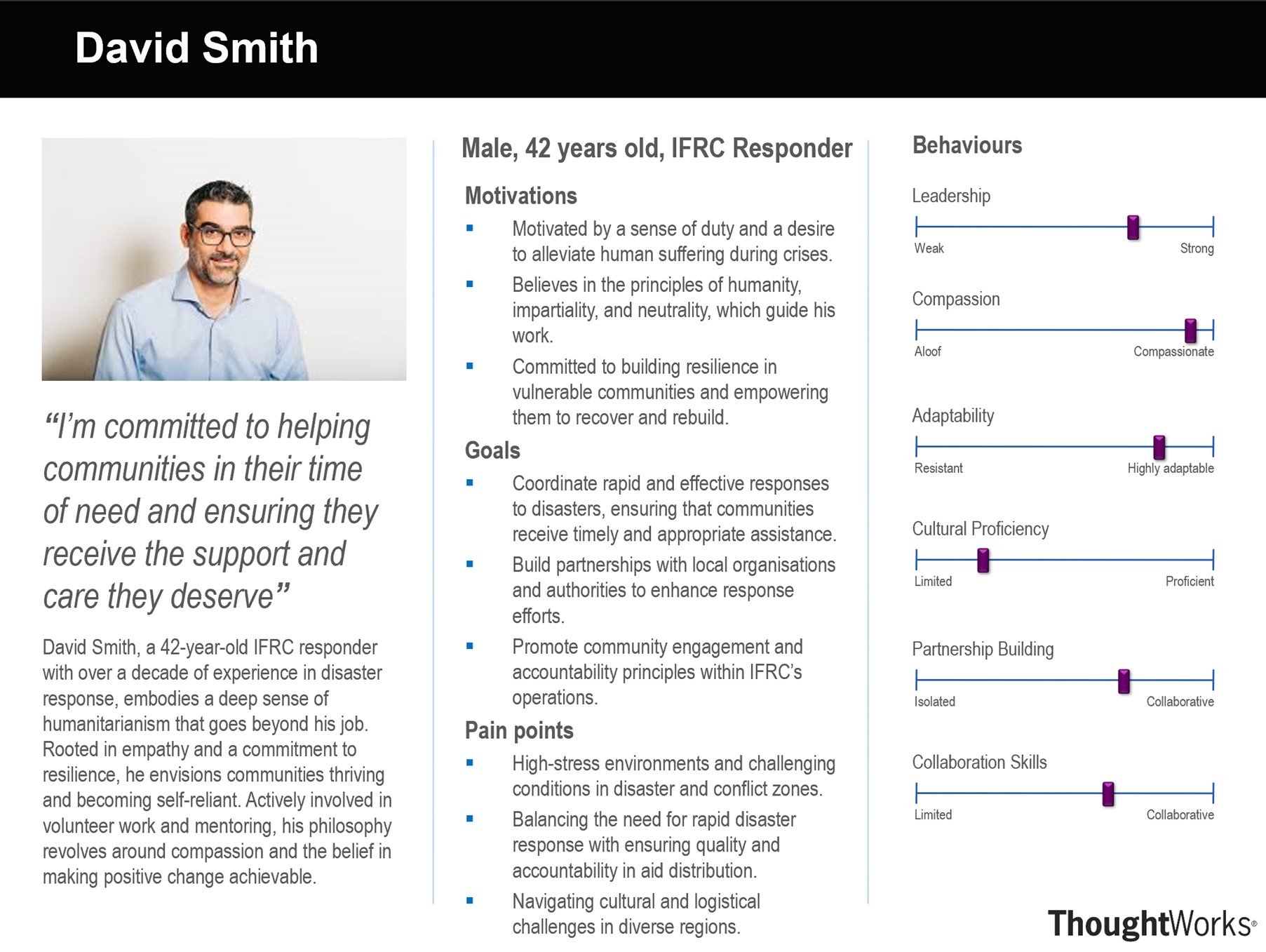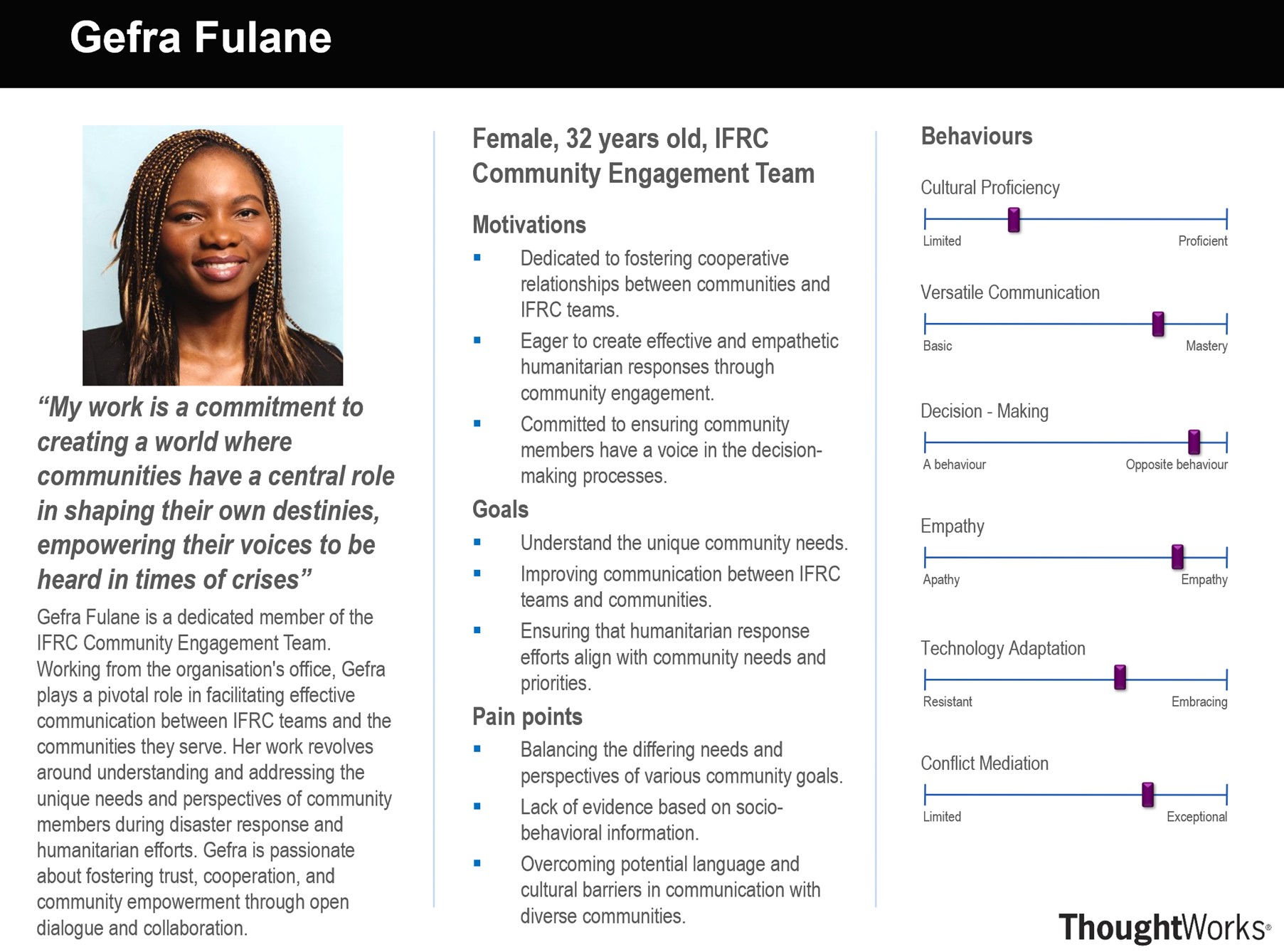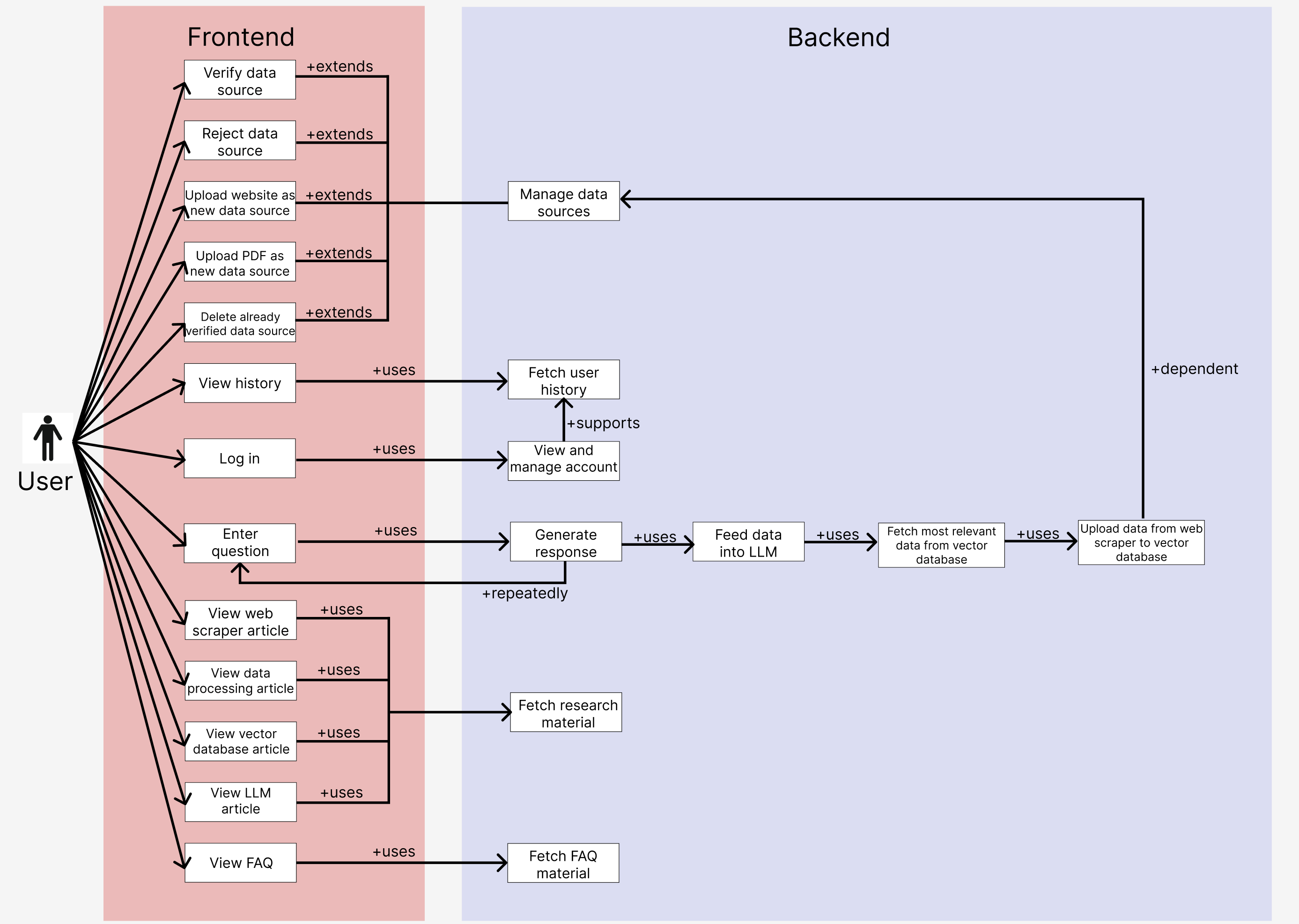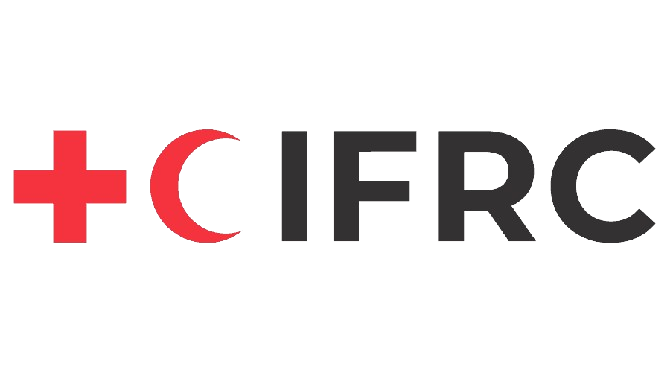Requirements
Project Background
The International Federation of Red Cross and Red Crescent Societies (IFRC) is a global humanitarian organisation that operates in nearly every country worldwide. It coordinates the activities of its National Red Cross and Red Crescent Societies to provide humanitarian assistance, including disaster response, healthcare, and community support, among other services. The IFRC's mission is to alleviate human suffering, protect life and health, and uphold human dignity, especially during times of crisis.
The IFRC acknowledges the crucial role of community engagement and evidence-based strategies in its humanitarian endeavors. Despite possessing extensive data on disasters and crises, the organisation frequently encounters challenges in obtaining timely and relevant insights into the perspectives, needs, and experiences of those affected by humanitarian services. This shortfall limits the IFRC's capacity to effectively interact with communities, customize interventions according to local needs, and deliver aid that addresses the most urgent demands.
To enhance disaster response, climate resilience, healthcare, migration support, and community empowerment, this project focuses on harnessing evidence and insights from the communities themselves. While the IFRC has access to ample information on disasters, a gap persists in acquiring real-time evidence about the affected populations' viewpoints and interactions with humanitarian services. Our initiative proposes the creation of an automated tool designed to quickly gather and analyse socio-behavioral data. This innovation aims to furnish responders with immediate access to vital information, thereby improving their ability to connect with communities, foster lasting relationships, and promote more localised response strategies.
Project Goals
Our project has three main objectives:
1. Develop an automated algorithm that can rapidly extract information from data sources.
2. A chatbot that synthesises the data and responds to queries using the relevant information.
3. Design a user-friendly interface that allows users to enter queries and provide data sources for the chatbot to utilise.
Discovering Requirements
We scheduled interviews with some of our end-users, and below accounts notes we gathered about their needs.
IFRC Community Engagement Officers primarily work in offices and strategise disaster responses. They may occasionally be deployed to disaster areas, but they aren't typically the initial responders.
What tools does the platform aim to support?
We are discussing an algorithm that could synthesise the existing information online on some specific topics, so that the information can be used in programs and interventions.
What are the types of problems that the tools will solve?
1. A lack of evidence on social behavioral components of programs, like how people think about the different interventions and support they receive by the Red Cross.
2. The synthesis of infromation in rapidly.
3. An automised program that operates independently of human intervention.
How often are you not able to find timely information about communities?
I do often find timely information about communities, but it can take a lot of time to find it. I normally have to read through a lot of papers and articles, so it is very time consuming.
So, what is the acceptable waiting time for users to receive the algorithm’s output data?
I want it to be rather quick, preferably no more than 10 minutes.
As a user, which output format would be most beneficial to you? Would you prefer it in the form of bullet points or as a report?
A report, I want it to be a maximum of 2 pages, with a list of sources.
Does the IFRC currently have any systems in place to search for social behavioral information?
No. There are some external platforms that we sometimes get some information about the thinkings of people and communities, but there is no one page centralised resource where we can find social behavioral information about people living in certain contexts.
About multilingual support, will it be available only in English, or do you plan to extend it to other languages as well?
I'm fine with the program being in English initially. However, if we have sufficient funding, we aspire to expand the program's reach to encompass other languages such as French, Spanish, Arabic, and Russian. This expansion would significantly benefit my foreign colleagues. For now, let's only focus on the English version.
Personas
After the interviews, we created personas for both our target users (IFRC responders and IFRC community engagement team members) to have a better understanding of the user requirements.


Scenarios
Following the personas, we crafted scenarios for both users to gain a deeper understanding of their goals in a real-world context.
Gefra Fulane (IFRC Community Engagement Team)
Gefra Fulane, a dedicated member of the IFRC Community Engagement Team stationed at the IFRC office, plays a crucial role in planning the recovery process for the people of Nepal who suffered from an earthquake. Gefra comprehends the importance of unbiased and accurate evidence, and therefore, she consistently monitors the sources of the Data Source system. She conducts peer reviews of the sources provided by internal employees and labels them accordingly. Additionally, Gefra reviews older sources to ensure their continued credibility. This ensures that the team which uses the search system has evidence that is representative of the local culture and can better serve them.
David Smith (IFRC Responder)
David, an experienced IFRC responder, is deployed to cyclone-prone coastal regions in Bangladesh, often terrorised by natural disasters. His mission: to ensure swift disaster relief, delivering vital supplies, medical care, and shelter. His goal is to ensure active community participation in the recovery process, addressing their unique needs and concerns. Amidst this, he faces the challenge of navigating the specific cultural norms and expectations of affected communities. Our website offers invaluable support by swiftly providing the resources he needs to adapt his communication strategies, bridge cultural gaps, and meet the needs of the affected regions effectively.
Use Cases
We now understand our users' requirements. the use case diagram illustrates the actions users can take to interact with the bot.

MoSCoW List
Functional requirement are written in non-bold
Non-functional requirements are written in bold
- An interface (webpage) that allows the user to input queries and output an answer in bullet points
- Users shouldn’t be able to query regarding irrelevant information, queries are limited to socio-behavioural information
- Information provided must be relevant and up-to-date
- Answer must have corresponding sources
- Queries should exclusively rely on the information provided in the data sources
- The chatbot should respond rapidly (within 10 minutes)
- User manual should be written for how to use the system
- An loading animation showing that the response is being generated and prompts the user to wait
- A button to halt response generation
- History tab with past conversations
- A button to delete particular conversations
- An interface for users to input valid sources
- Users should be able to edit and delete inputted sources
- Users can ask the chatbot to expand on points raised in a previous answer
- Multilingual support for multiple language (Popular languages like French, Spanish)
- Fully integrated platform with user authentification (login/logout)
- Multiple login options including Google, Microsoft
- Webpage deployed online
- Automated verification system that verifies sources


